Abundance: plentiful
What: leaves, stem
How: tea, smoked
Where: yards, fields, disturbed areas
When: fall, winter, spring
Nutritional Value: medicinal
Dangers: do not eat, only smoked or drank as tea
Medicinal Summary:
Leaves/Stem/Flowers* - improves breathing during congestion, emphysema, and asthma (tisane, smoked)
*plant should be allowed to die and dry in the ground to develop medicinal properties
Grey-colored cudweed (Gnaphalium spicatum) are considered the best medicine of the common yard weed.
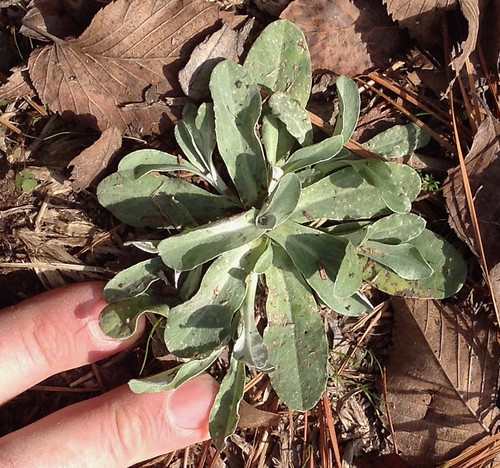
Mature cudweed (Gnaphalium spicatum)going to flower.
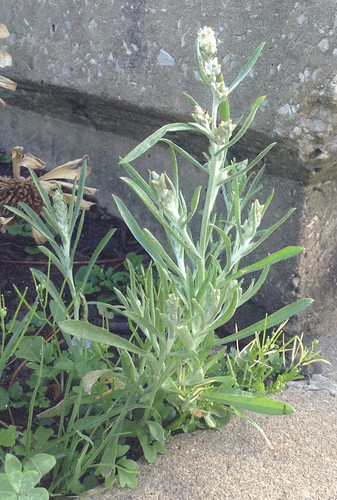
Close-up of cudweed (Gnaphalium spicatum) stem. Note the fuzzy stem and alternating leaves.
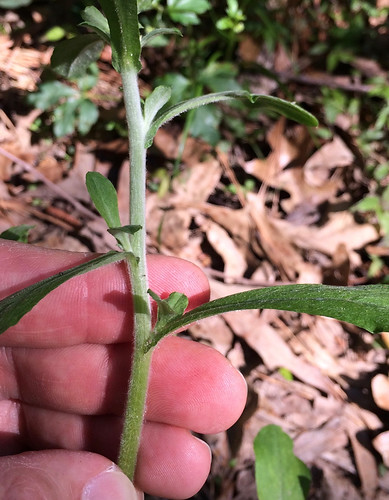
Close-up of cudweed (Gnaphalium spicatum) flowers.
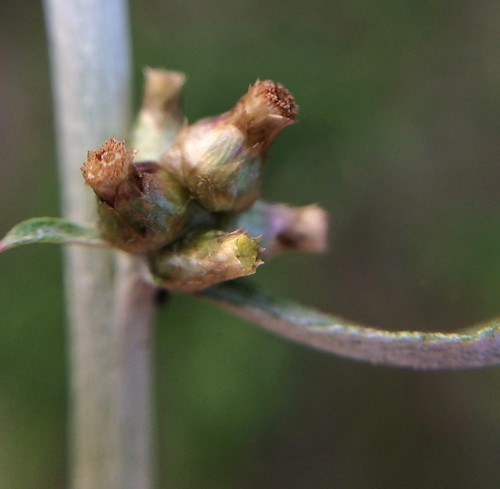
Close-up of cudweed (Gnaphalium spicatum) fluffy seeds.
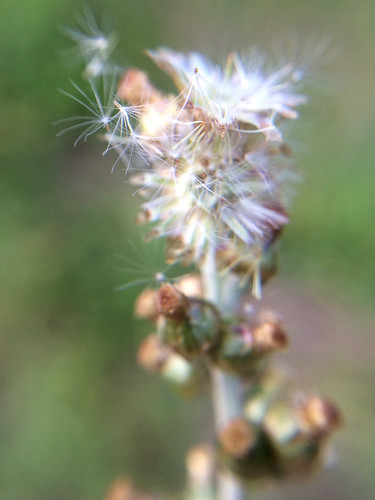
Another common cudweed (Gnaphalicum spicatum) is green on top with whiteish-grey undersides.
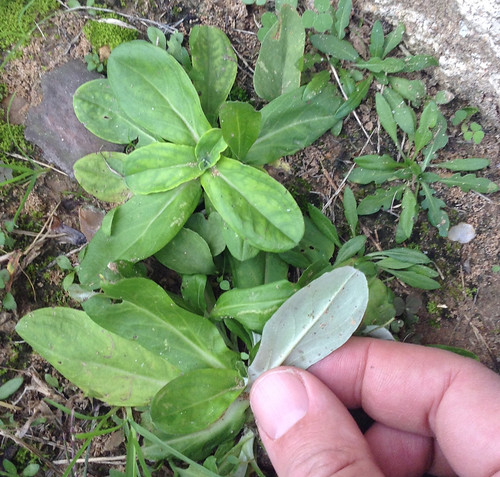
Cudweed (Gnaphalicum spicatum) going to flower.
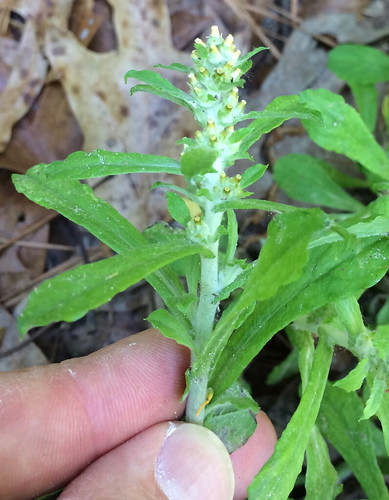
Texas distribution, attributed to U. S. Department of Agriculture. The marked counties are guidelines only. Plants may appear in other counties, especially if used in landscaping.

North American distribution, attributed to U. S. Department of Agriculture.
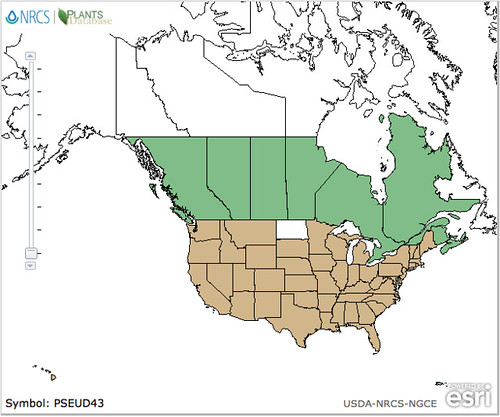
Many yards and disturbed areas end up filled with cud weeds come the cool months in Texas. The tops of cudweed leaves can be either green or grey depending on the species but the undersides are always white-grey. They start out as a rosette but then one or more stems grows either upwards or outwards from the taproot. Cudweeds have alternating leaves with a pinnate vein structure. Stems are fuzzy and so are the leaves. When mature, the tips of the stems turn even fuzzier, reminding me of Q-Tips due to the furry nature of their tiny flowers.
Cudweeds are NOT eaten. The only recorded ways they were used was as a tea or smoked. One of its common names is "Rabbit Tobacco". Both the tea and smoke were used to treat problems breathing, especially from colds and other lung issues. The tea also helps some with coughs. While it was mainly smoked for its medicinal effects, the flavor is mild and pleasant enough that it was also smoked for pleasure. The usual Native American technique for smoking was to hold the smoke in their mouths rather than drawing it into their lungs. Be aware that pulling out a baggie of dried leaves and lighting up in public may draw unwanted attention so be smart if you're going to smoke this.
Buy my book! Outdoor Adventure Guides Foraging covers 70 of North America's tastiest and easy to find wild edibles shown with the same big pictures as here on the Foraging Texas website.

